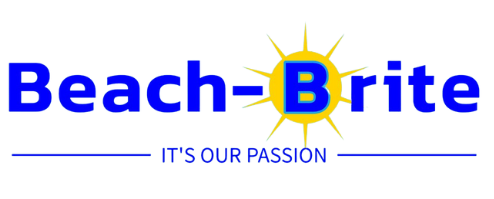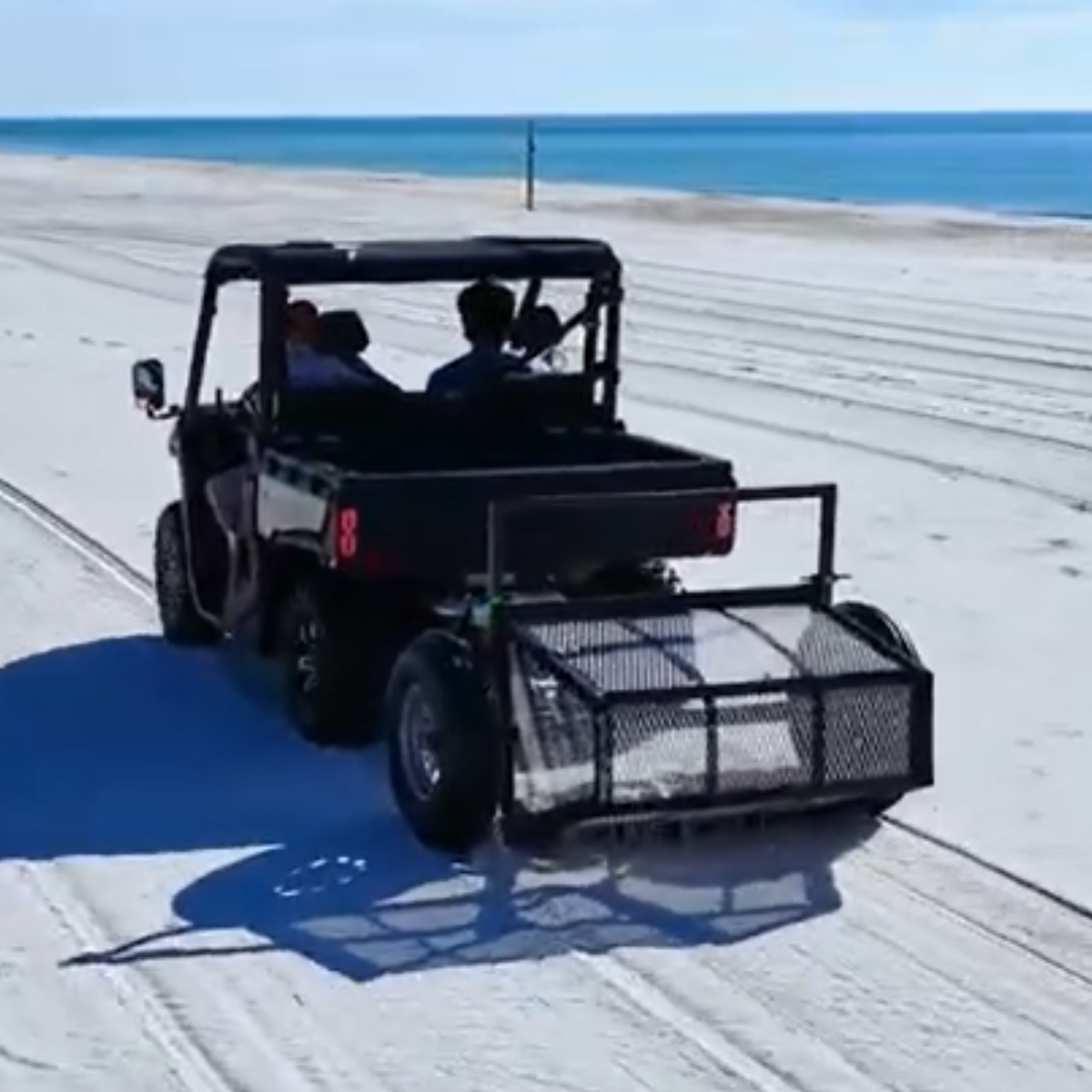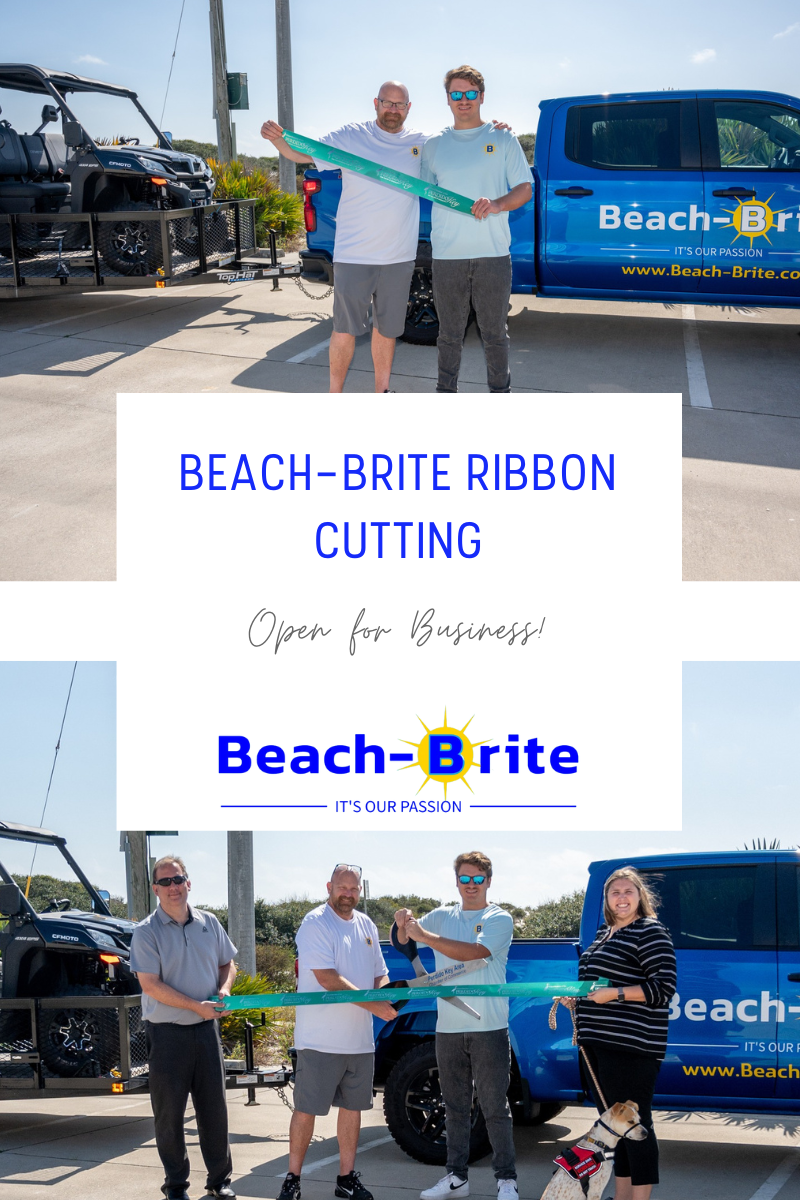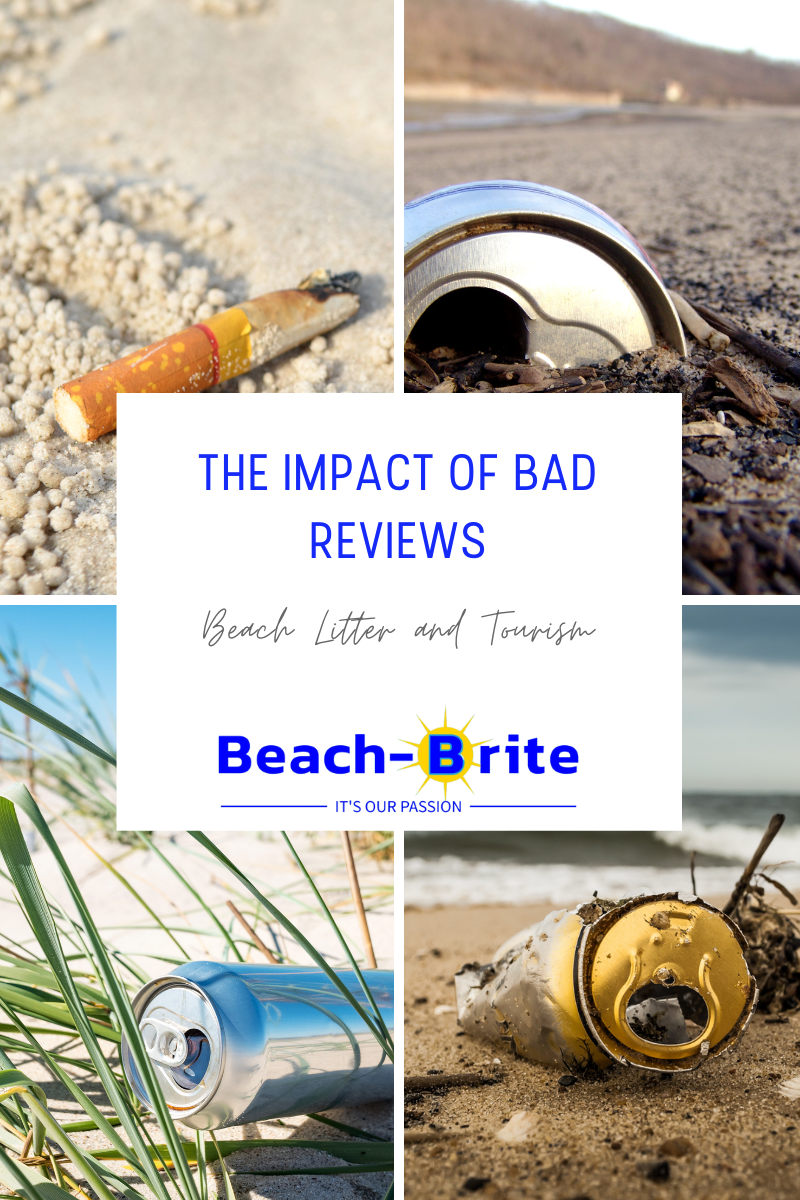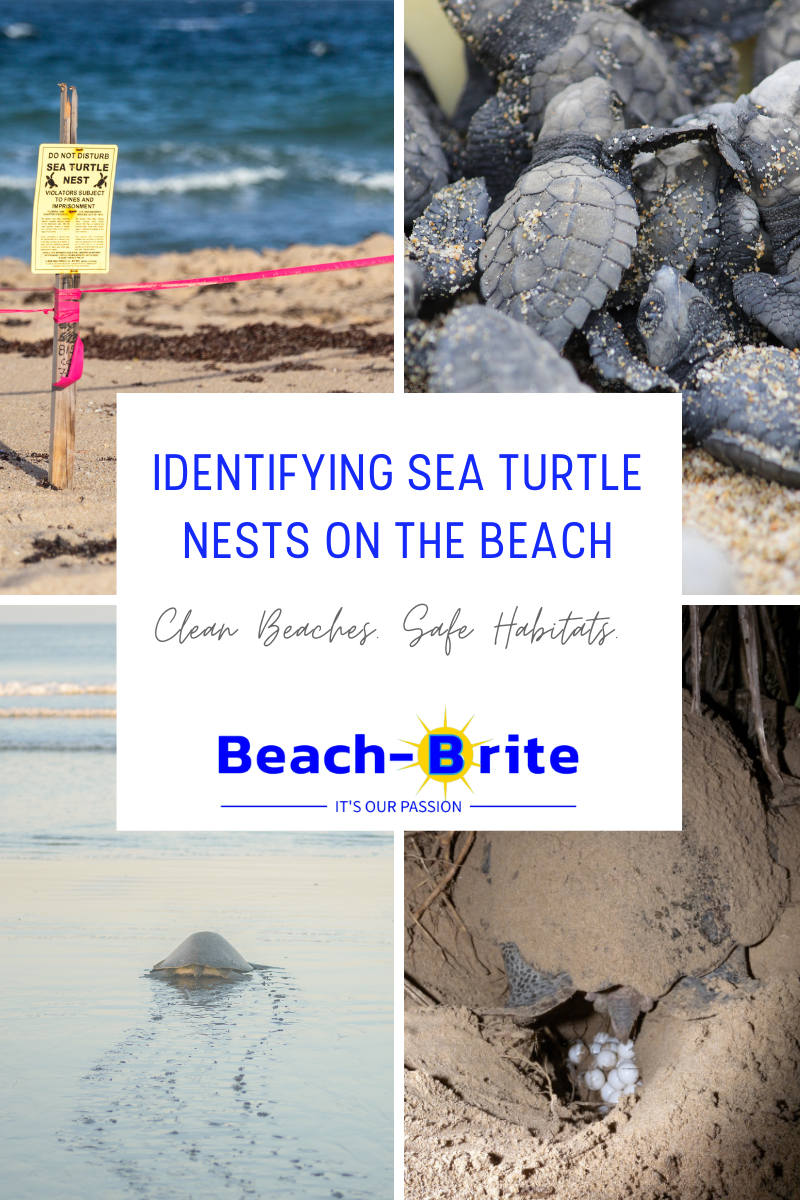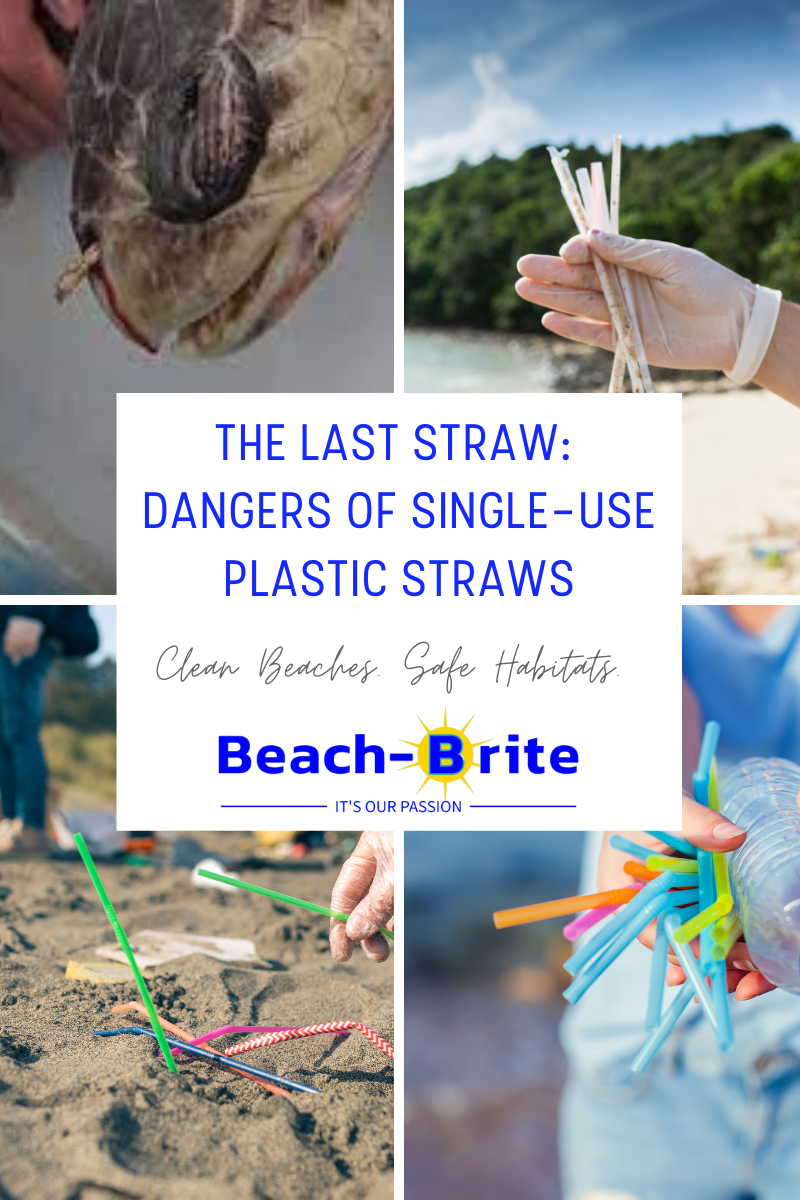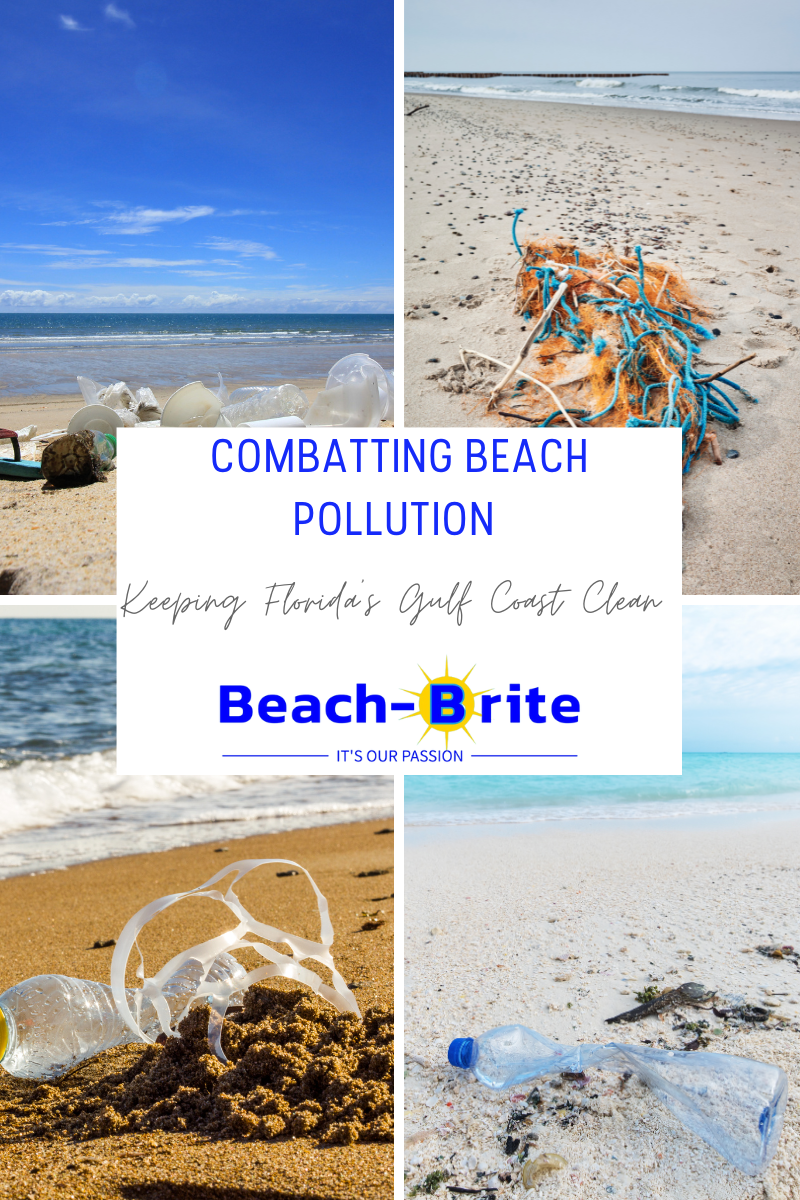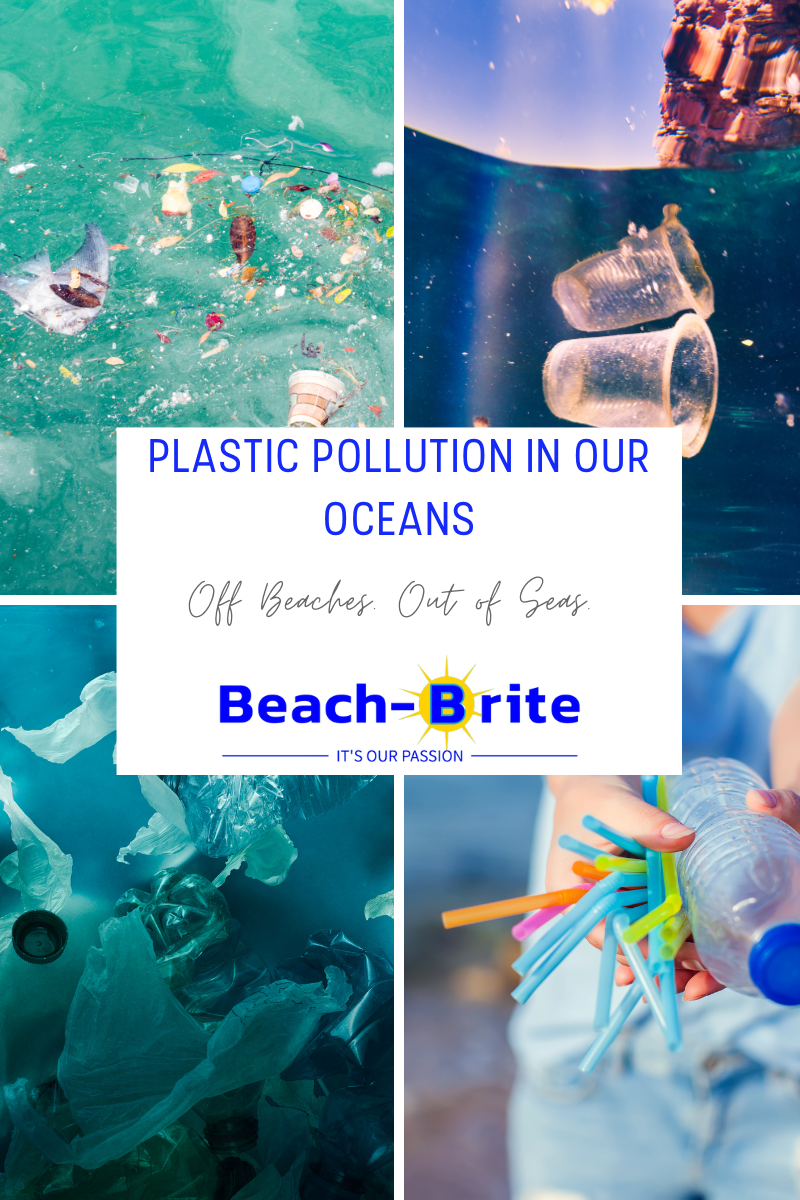Piping Plovers in Escambia County, Florida
Safe Florida Panhandle Beaches for Piping Plovers
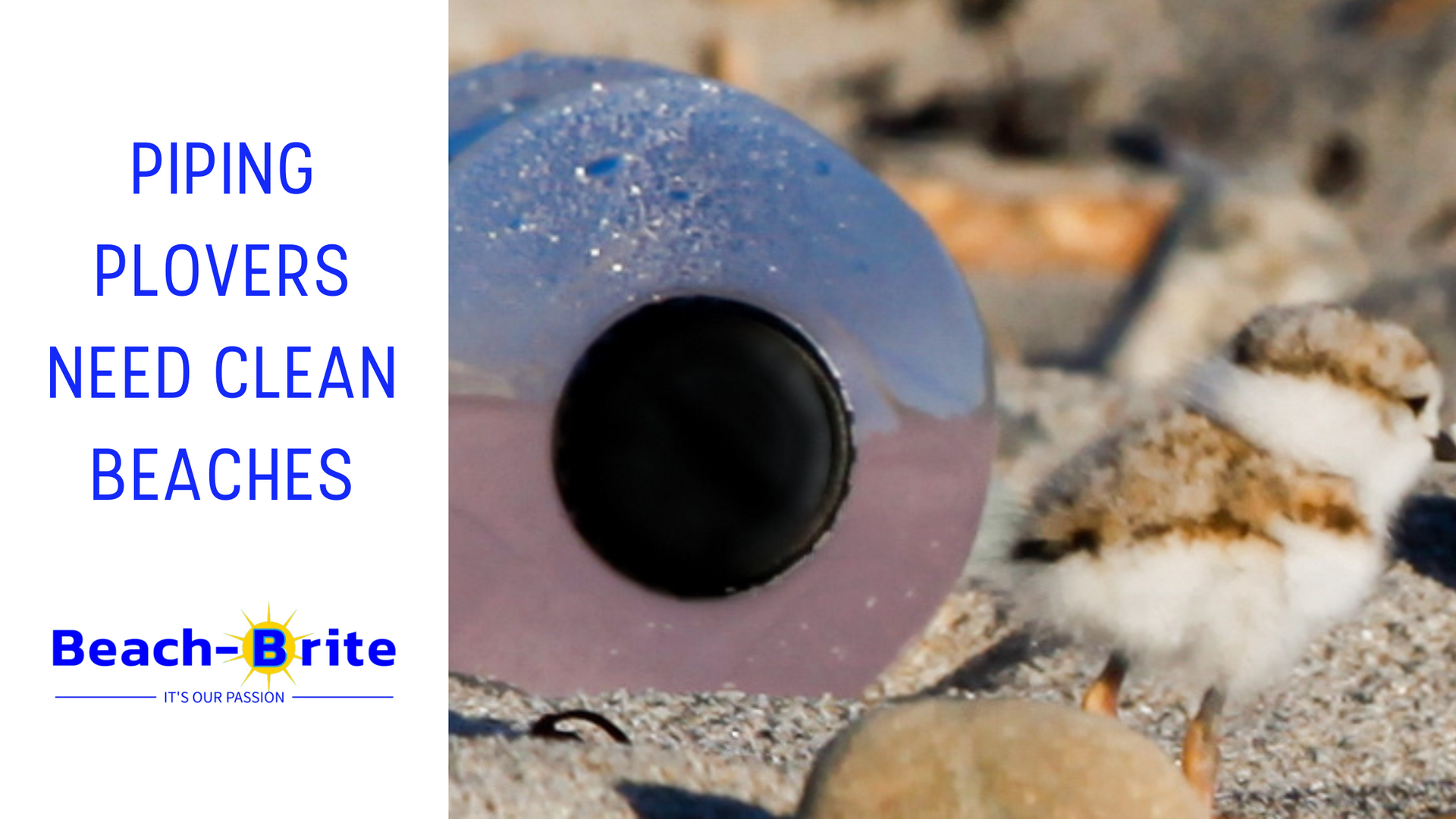
Piping Plovers: A Delicate Dance on the Shoreline
The serene expanse of a sandy shoreline holds secrets beyond the ebb and flow of tides. Among the delicate dunes and soft sands, a tiny but resilient bird, the Piping Plover (Charadrius melodus), engages in a fascinating dance of survival. These small, charismatic shorebirds have captured the hearts of conservationists and beachgoers alike due to their unique behaviors, distinctive appearance, and the challenges they face in an ever-changing coastal environment.
Appearance and Behavior
Piping Plovers are petite birds, measuring just about seven inches in length. Their sand-colored plumage camouflages them well against the beach's pale sands, making them surprisingly difficult to spot. Their most striking feature is a single black band around the neck and a distinctive black bar across their forehead. During the breeding season, they also develop a black "collar" on the upper breast. Their short orange legs and bright orange bills provide a stark contrast to their otherwise pale appearance.
These birds are known for their distinctive vocalizations, which give them their name. Their high-pitched, melodious "piping" calls are often heard as they scurry along the water's edge in search of food. Piping Plovers primarily feed on insects, small crustaceans, and other invertebrates found in the intertidal zones.
Breeding and Habitat
Piping Plovers have a relatively short breeding season, typically from late spring to early summer. They nest in shallow scrapes on the sandy beach, often at the base of dunes or near driftwood. These nesting sites provide some shelter and protection for their eggs. Plovers lay eggs that blend seamlessly with the sand, making them nearly invisible to predators. Both parents take turns incubating the eggs, which usually hatch after about a month.
Their breeding habitat is crucial to their survival, as the open sandy areas of beaches offer them the right conditions for nesting and foraging. Unfortunately, these habitats are also highly attractive to humans for recreational purposes, which has led to a significant decline in suitable nesting sites. Escambia County, Florida is home to the imperiled Piping Plover.
Conservation Challenges
Piping Plovers are facing numerous challenges that threaten their survival. Human activities, such as beach development, tourism, and recreational use, have disrupted their breeding habitats. Nest disturbance by unwitting beachgoers, off-leash dogs, and vehicles can lead to nest abandonment, leaving eggs and chicks vulnerable.
Coastal erosion and rising sea levels due to climate change further exacerbate their habitat loss. As beaches shrink and dunes are compromised, suitable nesting areas become scarcer. Natural predators, like gulls and crows, also pose a threat to their eggs and chicks.
Beach litter and plastic pollution provides its own threat to Piping Plovers and other species that rely on beach habitats for their survival. Trash left on Pensacola and Perdido Key beaches can confuse the animals, be accidentally ingested, and interfere with nesting.
Conservation Efforts
Conservation organizations, along with governmental agencies and local communities, have recognized the importance of protecting Piping Plovers. Efforts are underway to designate critical habitat areas and implement restrictions during the breeding season to reduce human disturbances.
These measures include temporary fencing and signage to indicate nesting zones, as well as educational campaigns to raise awareness about the plovers' plight.
Restoration of nesting sites through dune stabilization and habitat enhancement projects is another strategy to combat habitat loss. Additionally, researchers are conducting studies to better understand the birds' migratory patterns and behavior, which can inform conservation strategies.
The Delicate Dance Continues
Piping Plovers remind us that even the most unassuming creatures play a vital role in maintaining the delicate balance of coastal ecosystems. Their struggle for survival against human impacts and natural challenges highlights the interconnectedness of all living beings. As we strive to protect these enchanting shorebirds, we are also safeguarding the beaches and dunes that are essential for countless other species and for the health of our planet's fragile coastal regions.
Through education, awareness, and concerted conservation efforts, we can ensure that the piping plover's dance on the shoreline continues for generations to come.
Beach-Brite is a last defense between our litter and the species that critically need clean habitats.
You can be a part of the solution.
Let us carefully remove litter and environmental hazards from your beach.

